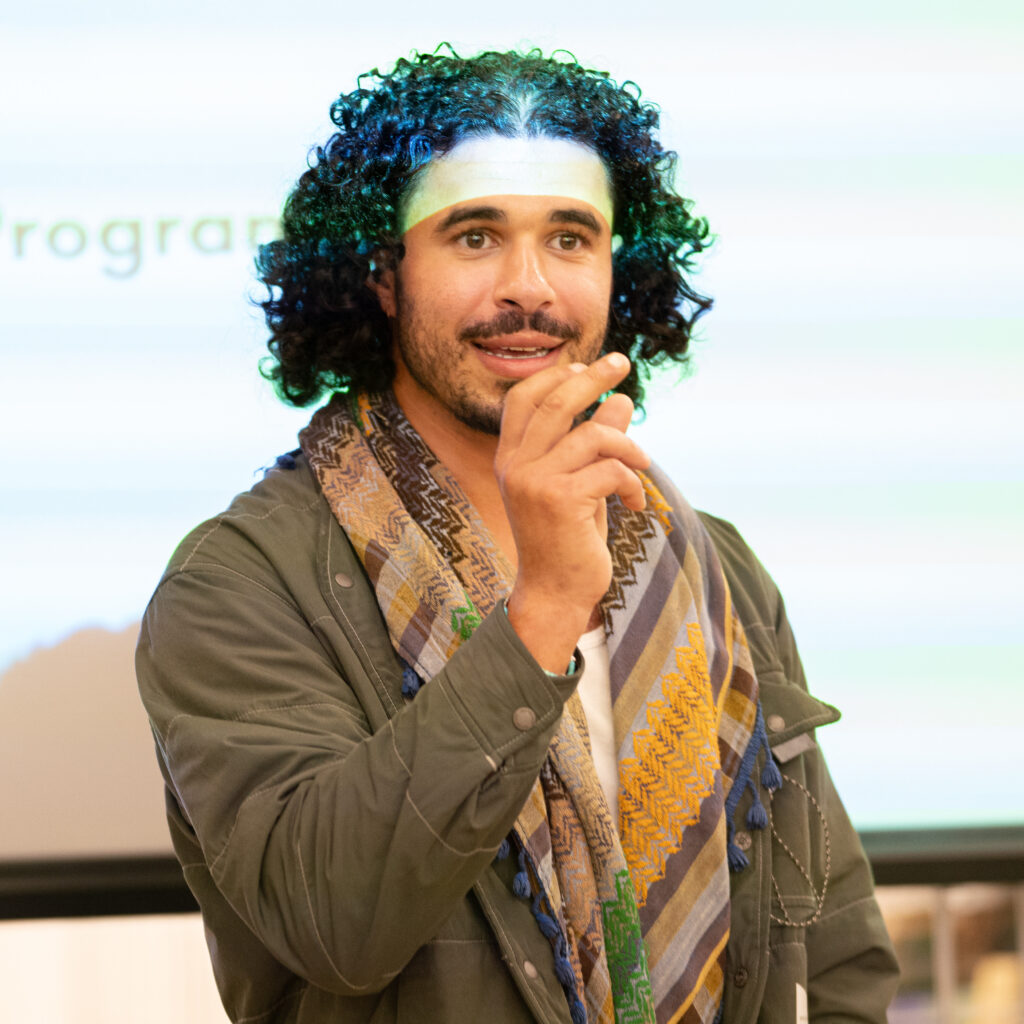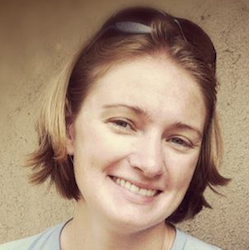On November 3 and 4, over 80 leaders from across Los Angeles gathered to begin to draft an L.A. Leap Manifesto: an intersectional people’s platform to guide Mobilize L.A., the effort launched in June to transform America’s second largest city to carbon-neutrality by 2025 through a WWII-scale mobilization rooted in environmental justice.
Councilmember Paul Koretz delivered the following opening remarks on Nov. 3 at the Los Angeles Alliance for a New Economy (LAANE):

Good afternoon everyone,
I want to acknowledge and thank the Tongva people for hosting us on their land and to thank Gloria for her beautiful prayer.
We are living in a time of chaos, in a climate emergency of shocking proportions we didn’t expect so soon, and still, nobody is really paying attention. Severe climate-exacerbated events are killing people, wrecking homes and destroying lives, in real time, right now, not far from here. For instance, last month, in the worst wildfire in California history, the lucky ones had enough time to grab their children and get out, watching a wall of flame encase their neighborhood as they drove away from their home for the very last time.
We’re in a time when Puerto Rico has simply been destroyed by a climate-enraged hurricane and now, just a month out, we barely hear anything about it. Their struggle has been buried under more chaotic news of wildfires, mass shootings, sexual assaults and vehicle attacks. Meanwhile, while chaos reigns and distracts us, the radicals occupying the White House are systematically gutting environmental and social protections, doubling our health insurance premiums, and aiming to cut taxes on corporations and on the very rich and substantially raise taxes on the rest of us.
Yet, for many Angelenos, chaos is and has always been a part of their daily lives. I think it’s important to acknowledge those who live on the frontlines of our extractive economy every single day. Those who live beside active oil drilling sites, those who live beside a leaking battery recycling plant, or an oil refinery, or a leaking gas storage site, or near the Port, or along the 710 corridor, or in communities where unemployment is at 20% or more, and homelessness is rampant.
Most of us in this room all know about what happened at Standing Rock and about the Dakota Access and Keystone transcontinental Pipelines, but I want us as Angelenos to come clean right now. I want to acknowledge that, for decades, Los Angeles has received power from coal mined and burned on the Navajo Nation. I want to acknowledge that the coal slurry used by the now-closed Mohave Generating Station from the Black Mesa Mine caused severe problems to the groundwater that both the Navajo and Hopi tribes used for farming, livestock maintenance, drinking and other domestic uses. Southern California’s energy use destroyed their water table, the water that gives them life in an already-water starved region. If we are going to talk about water concerns in Standing Rock, we first need to acknowledge our own sins.
As the City gets off of coal power, as we successfully close down the Navajo Generating Station next year, I also want to acknowledge the Navajo jobs that are being lost. In my understanding, the paychecks of each of those workers also funds the lives of a number of extended family members on the Reservation. A lot is being lost in an extraction economy that never stops taking.
We need to acknowledge that the extractive economy has failed humankind completely. It has, without any exaggeration, pushed our biosphere to its absolute limits, all the while exploiting workers, endangering human health and poisoning our fellow creatures.
The extractive economy is why people are trying to halt our actions on climate. It’s Naomi Klein’s shock doctrine in full regalia. There is money to be made when an entire city needs to be rebuilt. These vested interests don’t seem to understand that if one degree of global warming is already causing climate chaos, two or three or four degrees are not going to be habitable. You can’t cash those lucrative checks when civilization has been wiped out.
But, I believe very strongly that there is a different path. Working together, I believe we can find it. That is why I am here and why I’m involved in this effort. I believe we can dream here together today, and tomorrow create a vision for what Los Angeles can look like in 2025, for what it can look like in 2028 when our City is on display to the world for the Olympics. And beyond.
In a time of chaos, the clearest vision will win the day. A clear vision, backed by a massive, focused, diverse people’s movement, will take us into a vibrant, equitable, just, regenerative and peaceful future.
To do that, we need to understand and transform each of the cultural, political, economic, and social dimensions of the climate emergency. The groundwork toward this kind of Energy Democracy is being laid by people like Dr. Cecilia Martinez and the Center for Earth, Energy and Democracy, but it is also happening right here in Los Angeles in work being done by the people you are sitting among. Ending neighborhood oil drilling, divesting from corrupt banks, closing down Aliso Canyon, fighting to clean up the Port, we are already on the frontlines of climate justice. Now, over the next day and a half, we need to build trust, build relationships, share ideas, step out of our silos and find the common ground that binds us together.
Let’s find the issues we can agree upon and, together, in strong coalition, move forward and fight for the future we want, under the tight ticking clock climate timeline we need.
It’s time for a true World War II level climate justice mobilization and it’s time to do it together, here in Los Angeles, for all our sakes.

















